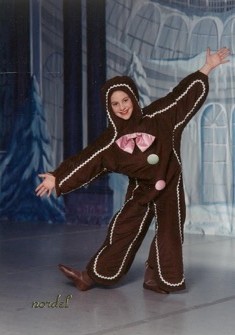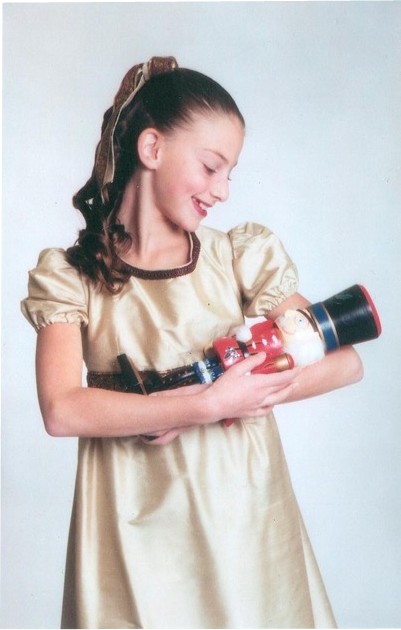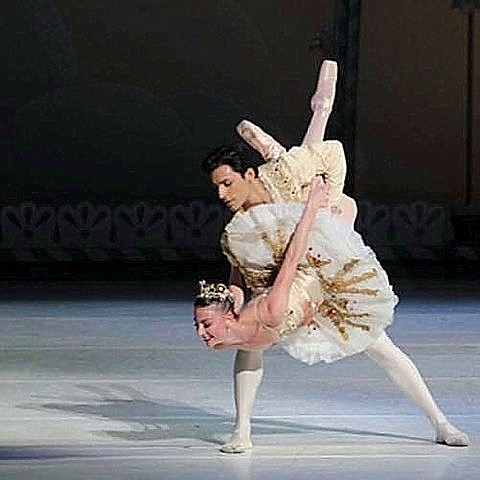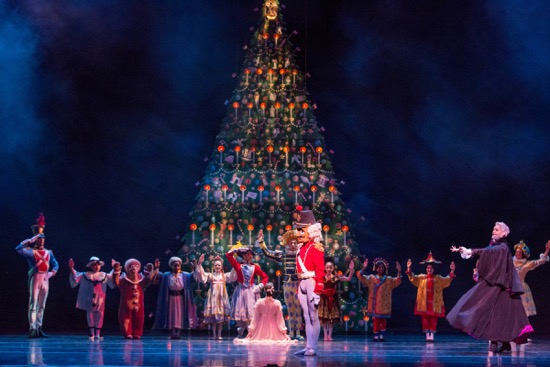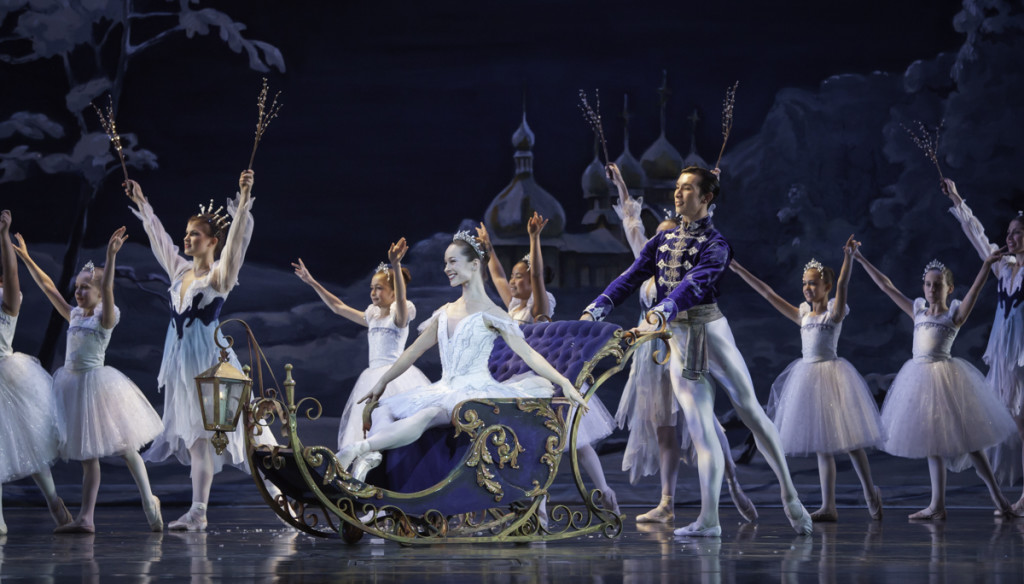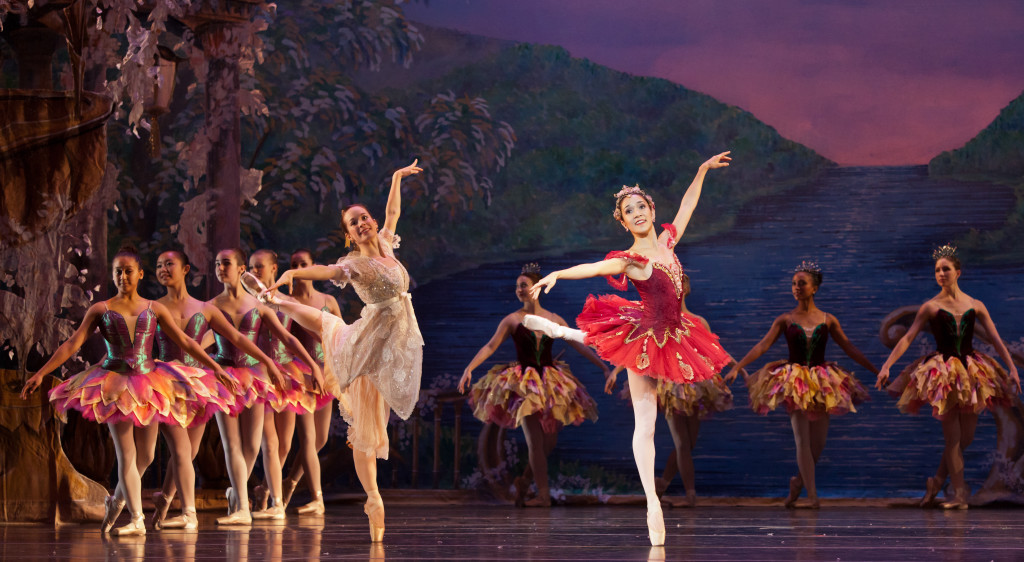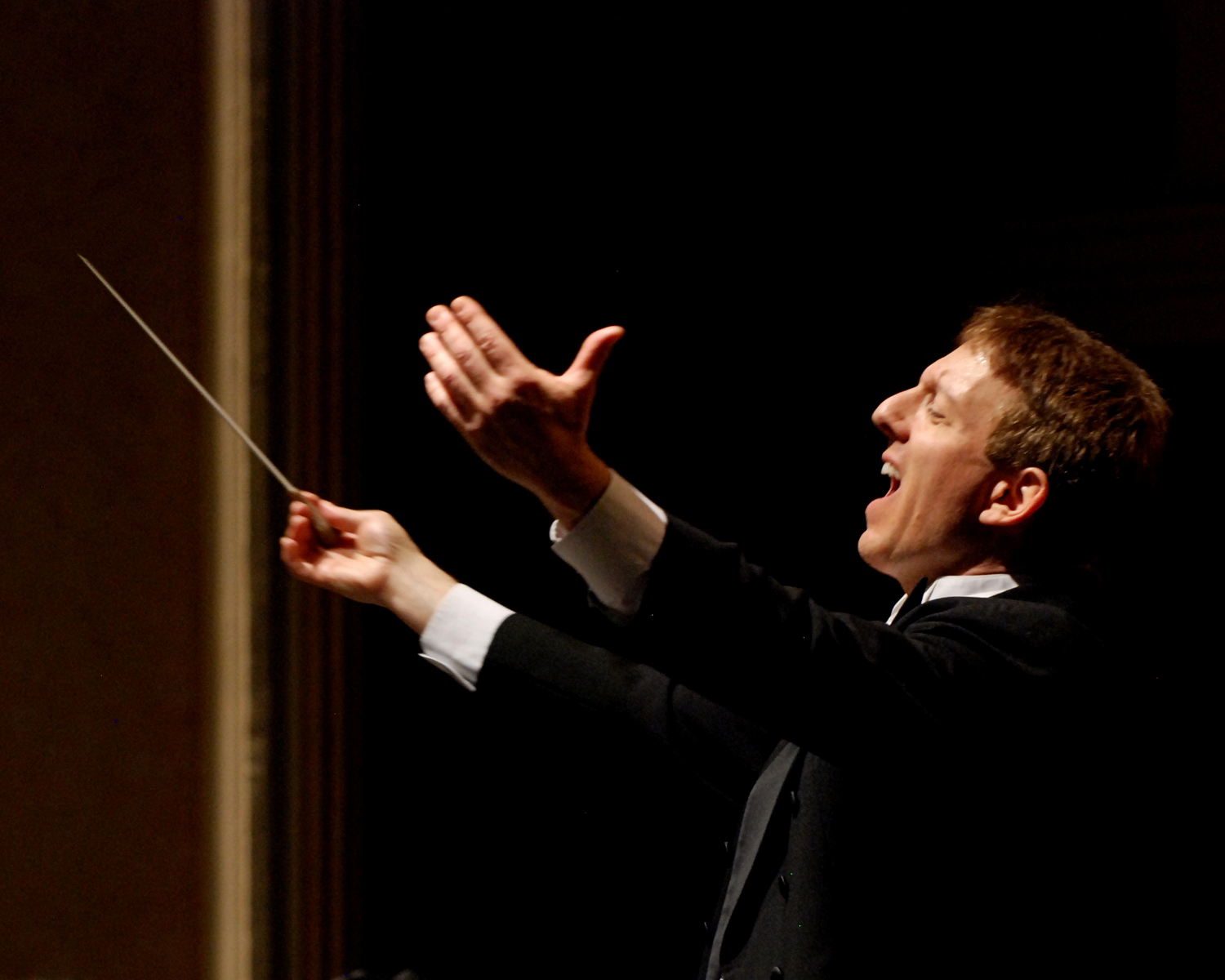
Today we’re thrilled to take a look behind the scenes, as conductor Scott Speck walks us through what it’s like to work with the score at the Joffrey Ballet. Learn more about how often the orchestra rehearses with the dancers, what Mr. Speck’s routine is like as a conductor the night of a performance, and more…
by Scott Speck
When you conduct for Joffrey, is there a routine when it comes to your approach to the score?
It’s a joy to make music for the Joffrey Ballet. This is a company that truly appreciates and even cherishes the value of live music. I attribute this largely to Artistic Director Ashley Wheater, who had extensive musical training as a child and (it turns out) seems to have perfect pitch, as he always sings the music to me in the right key! A true rarity in the ballet world.
Since I am a symphonic conductor by training, I always approach the score first as pure music. Over several months leading up to the production, I learn the form and structure of the music. I prepare to conduct as if for an onstage symphonic performance. Then I spend weeks in the studio, learning what the dancers need. It’s very helpful to have the score internalized or even memorized, since I often have my eyes fixed on the stage. The best way to achieve that is repetition! (I’ve conducted The Nutcracker some 300 times already, and it’s fair to say that conducting that score is like breathing!)
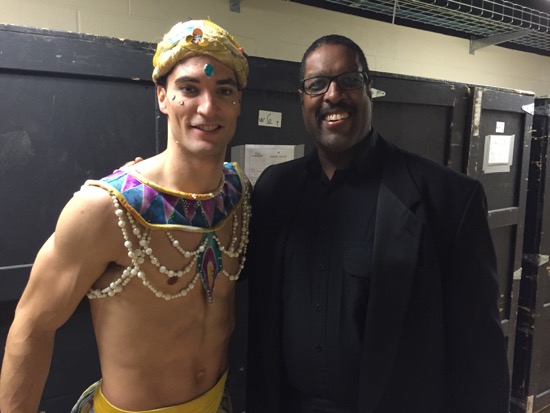
How often do you rehearse with the musicians, and where?
The Chicago Philharmonic, which always plays for the Joffrey, is a superb ensemble. The orchestra and I work together frequently throughout the year, both onstage and in the orchestra pit. As a result, the musicians and I have learned to communicate with each other very efficiently — we can almost read each other’s minds at times. So the time that we actually spend together rehearsing is quite short. For a new ballet, the musicians first learn their music on their own, and then we get together four times — twice in a rehearsal hall, and then twice in the orchestra pit, with the dancers onstage.
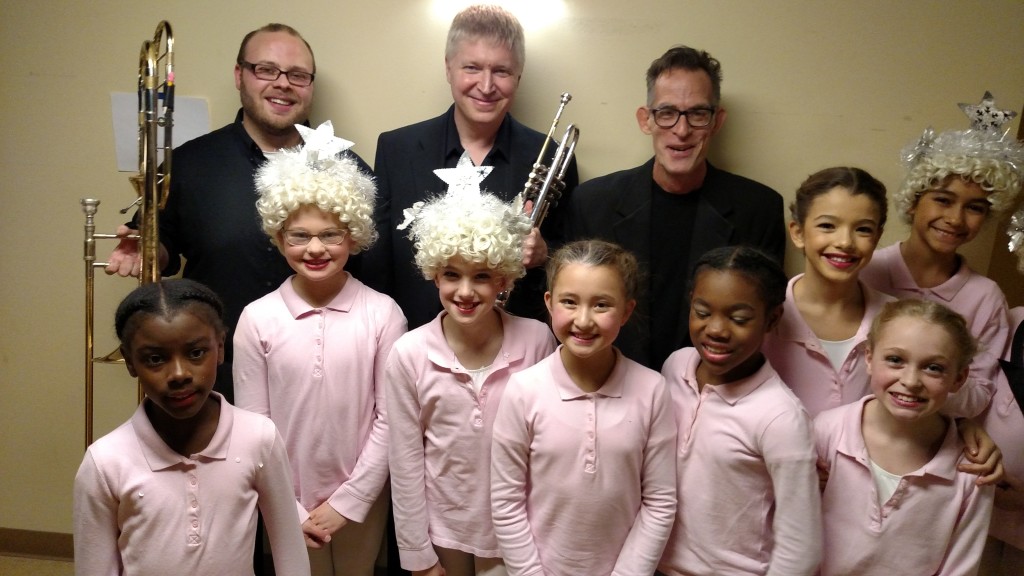
How often do you rehearse with the dancers? [Read more…]





